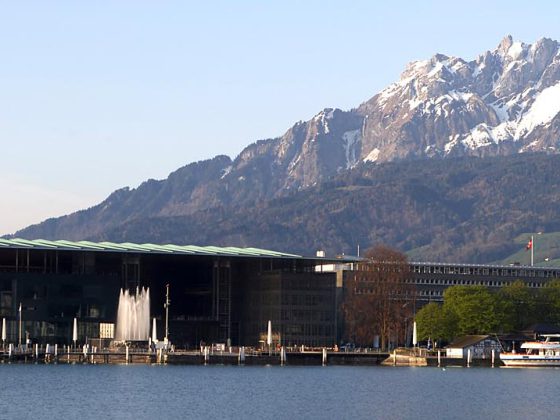A cross-sectional study from California shows: Young patients with cancer receive very intensive medical care (chemotherapy, hospitalizations, emergency room or intensive care unit admissions) in the last months and even in the last weeks before the end of life. But does the aggressive approach chosen by a good two-thirds of those studied also meet the needs and wishes of those affected?
Medical care at the end of life is a particularly delicate undertaking. Between the granting of a dignified and self-determined farewell with the main focus on quality of life and the manifold demands and possibilities of modern medicine with the main focus on prolonging life, there is often a considerable gap. It is therefore important to explore what care looks like shortly before death in different patient populations in order to critically reflect on the approach and modify it if necessary.
A U.S. study used registry data and electronic medical records to analyze the intensity of end-of-life care provided to 663 adolescents or young adults with cancer. Because cancer is the leading disease-associated cause of death in this collective, the findings have great relevance. Patients had stage I-III cancer plus a recurrence or a stage IV tumor. Tumors of the gastrointestinal tract were most common, and breast cancer, leukemias, genitourinary cancers, and lymphomas were also common.
Two thirds receive intensive care
11% of the patients studied were still receiving chemotherapy two weeks before death. One month before the end of life, 22% were referred to the intensive care unit, and the same number were in the emergency department more than once during this period. Overall, 62% of those affected were admitted to hospital.
The rate of patients who had received at least one intensive medical care (a composite parameter of the measures mentioned) shortly before death was 68%. The authors note that such measures consequently represent the norm in this young population, which should be critically reflected upon – especially since this significantly exceeded the treatment recommendations that apply to severely cancerous adults.
A start has been made – much still needs to be clarified
Unfortunately, according to the researchers, the available data did not allow a conclusive statement about which patient characteristics were particularly associated with intensive medical interventions. Also – and this point would actually be of fundamental importance – it is unknown how many patients were aware of their poor prognosis and nevertheless chose intensive life-prolonging measures. There is also the problem that in the case of teenagers, the parents may have decided on the medical measures.
If the decision to take intensive measures was indeed so frequent in the population studied despite poor prospects, young affected individuals would differ fundamentally from older adults in this respect. Limitations of such a study are always the difficult medical assessment of the mortality risk or prognosis. Therefore, in cases of ambiguity, clinicians may prefer life-prolonging measures in young patients anyway.
According to the authors, the finding that intensive medical care is very common at the end of life represents an important first step in this question. Now the aim is to better explore the wishes and needs of young cancer patients, but also influencing factors (social environment, partners, parents).
Source: Mack JW, et al: JAMA Oncol July 09 2015. doi:10.1001/jamaoncol.2015.1953 (Epub ahead of print).
InFo ONCOLOGY & HEMATOLOGY 2015; 3(8): 3.











